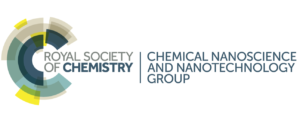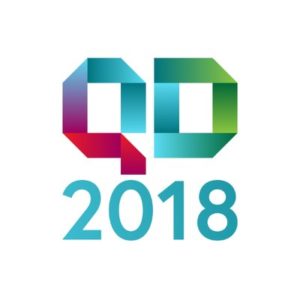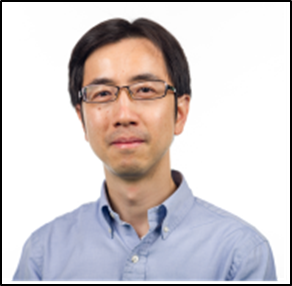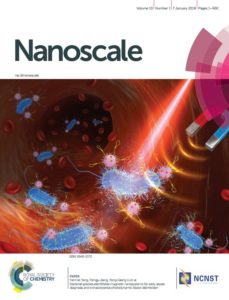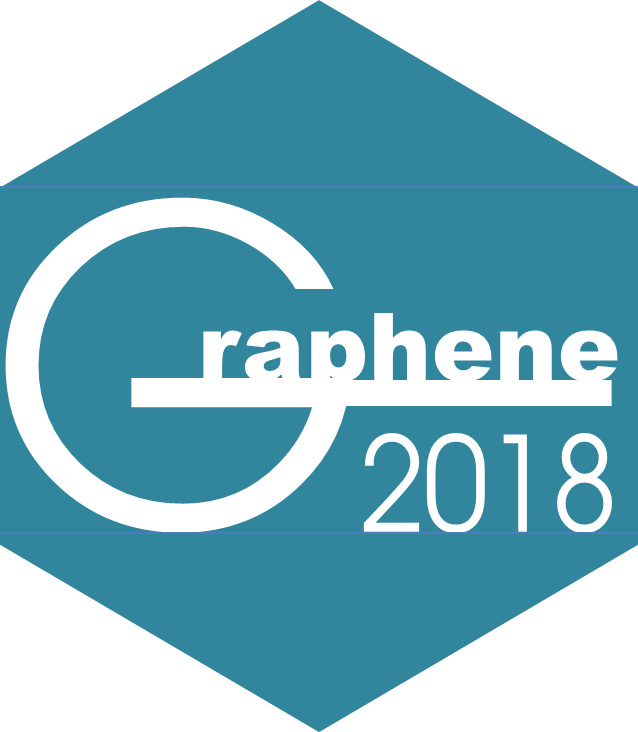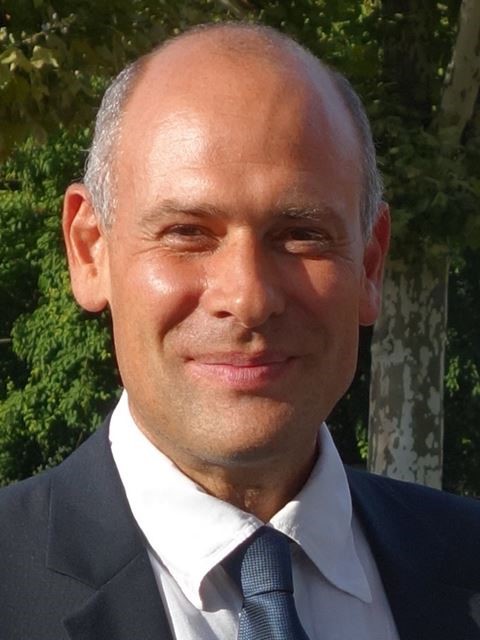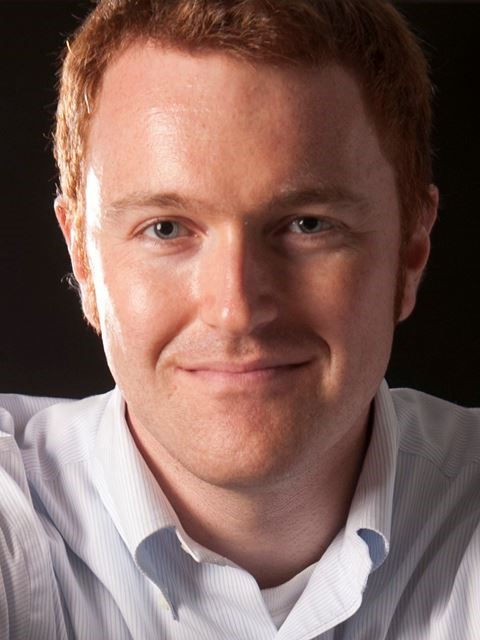We are delighted to see the support from the community as you continue to contribute outstanding articles showcasing high quality, cross-community research that bridges the various disciplines involved with nanoscience and nanotechnology. A testament to the journal success is our latest Impact Factor 7.233*.
To celebrate the nanoscience community’s excellent work, we have picked out some content highlights for 2018 so far, which we would like to share with you. All articles are free to access until the end of July** – we hope you enjoy reading them.
Reviews
Predicting the impact of structural diversity on the performance of nanodiamond drug carriers
A. S. Barnard
Nanoscale, 2018, 10, 8893-8910
Recent advances in the nanoengineering of electrocatalysts for CO2 reduction
Fengwang Li, Douglas R. MacFarlane and Jie Zhang
Nanoscale, 2018, 10, 6235-6260
Communications
Spin-state dependent conductance switching in single molecule-graphene junctions
Enrique Burzurí, Amador García-Fuente, Victor García-Suárez, Kuppusamy Senthil Kumar, Mario Ruben, Jaime Ferrer and Herre S. J. van der Zant
Nanoscale, 2018, 10, 7905-7911
Inhyuk Kim, Kyoohee Woo, Zhaoyang Zhong, Pyungsam Ko, Yunseok Jang, Minhun Jung, Jeongdai Jo, Sin Kwon, Seung-Hyun Lee, Sungwon Lee, Hongseok Youn and Jooho Moon
Nanoscale, 2018, 10, 7890-7897
Papers
Wu Yang, Wang Yang, Ailing Song, Gang Sun and Guangjie Shao
Nanoscale, 2018, 10, 816-824
Upconverting nanocomposites with combined photothermal and photodynamic effects
Yue Huang, Artiom Skripka, Lucía Labrador-Páez, Francisco Sanz-Rodríguez, Patricia Haro-González, Daniel Jaque, Federico Rosei and Fiorenzo Vetrone
Nanoscale, 2018, 10, 791-799
Yuan Cheng, Gang Zhang, Yingyan Zhang, Tienchong Chang, Qing-Xiang Pei, Yongqing Cai and Yong-Wei Zhang
Nanoscale, 2018, 10, 1660-1666
Nanoscale has established itself as a platform for high quality, cross-community research that bridges the various disciplines involved with nanoscience and nanotechnology, publishing important research from leading international research groups.
Contact us: nanoscale-rsc@rsc.org
Follow us: Homepage | Twitter | Facebook | Blog | RSS
Click here for 2018 Highlights in Nanoscale Horizons, the premier journal in our nanoscale family, or sign up to our newsletters for more regular journal-specific updates.
* 2017 Journal Citation Reports, Clarivate Analytics June 2018.
**Access to articles through login via your free Royal Society of Chemistry publishing personal account












